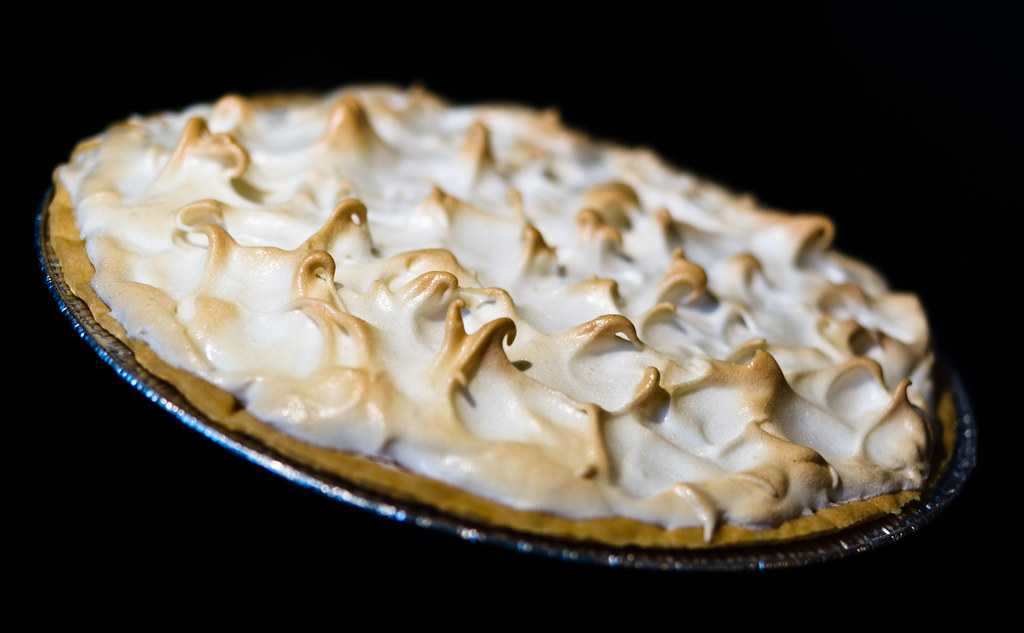Similar to a souffle, a meringue is light, fluffy, and unbelievably delicious. Sweet and smooth, eating one meringue is the perfect palette cleanser after a heavy meal. Or two. Or three.
Yields: 20 meringues
Ingredients
2 large eggs
¼ teaspoon cream of tartar
1/16 teaspoon of salt
½ cup granulated sugar
½ teaspoon vanilla extract
- Preheat the oven to 225 fahrenheit and line two baking sheets with parchment paper
- Separate the egg whites
- Beat the egg whites, cream of tartar, and salt in a mixing bowl
- Beat until the egg white peaks become foamy
- Slowly pour the sugar into the bowl, while mixing
- Fold the sugar and egg white mixture until the peaks become glossy and stiff
- Once the peaks are sufficient, add vanilla extract
- Use frosting bags to pipe the meringues onto the baking sheet
- Bake for 1-2 hours until baked through
The Science Behind the Meringue
Harold McGee describes the meringue perfectly; it is nothing more than a “sweetened egg foam” (106). The egg whites supply the light texture, while the sugar supplies the taste and appearance. Without the addition of sugar, the egg white peaks would lack a glossy finish (McGee 106). Technique is also important. As the sugar is folded into the egg white mix, it “ dissolves into the existing bubble walls and adds both bulk and cohesiveness to them” (McGee 107). The slow folding of sugar allows for a complete dissolve and enhances the structure of the mix.
Similar to the souffle, the cream of tartar and salt act as a binding agent during the creation of the stiff, glossy peaks. Cream of tartar and salt serve as the structural backbone of the meringue. Imagine a tent. Often, the final step of assembling a tent is inserting two poles — one horizontal and one vertical — across the top of the tent. These poles prevent the top of the tent from caving in. Cream of tartar and salt act as the top two poles of a meringue. Without these supportive agents, the meringue would likely droop: losing its signature peak. Since cream of tartar is so acidic, it impacts the formation of sulfur bonds in egg whites, therefore preserving the air, water, and subsequent structure of meringues (Cooks Illustrated).
The meringue bakes long, but slowly. The time it takes to bake a meringue “sets the albumen proteins and prematurely limits the trapping of air” (McGee 108). The trapping of air protects the meringue from drooping while baking. Even if the meringue does droop in the end, don’t despair: it will still taste good.



